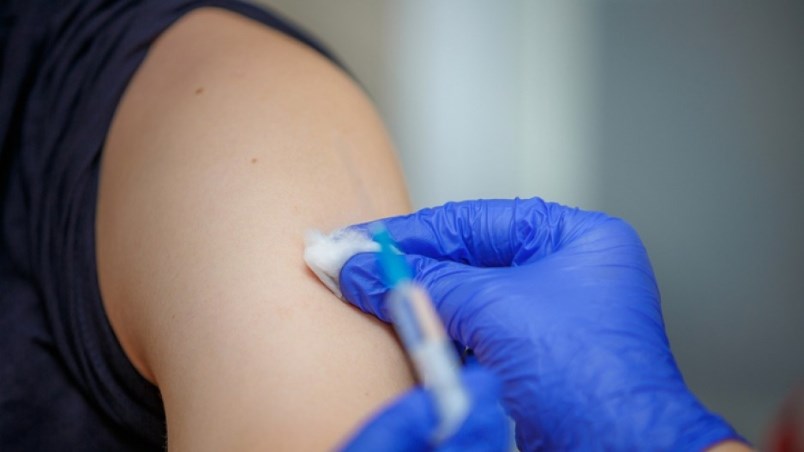A few years after the Okanagan firestorm, I stayed in a Kelowna bed and breakfast and heard the hosts’ stories about what it’s like when your entire neighbourhood burns down in a few moments.
One was about the evacuation, where thousands of hillside residents all got in their cars to flee for their lives and arrived at a key four-way stop in the subdivision. They were all panic-stricken, but the host vividly recalled the traffic courtesy. Everybody waited their turns. Civilization held up and they all got out alive.
Hopefully, the vaccine rollout plan announced Wednesday goes like that. There’s an enormous reservoir of pent-up pandemic anxiety that will prompt a few arguments.
But hey, we’re Canadians. We’re good at lineups.
Wednesday’s briefing was provincial health officer Dr. Bonnie Henry’s 228th turn at the podium and it was the first one that didn’t leave a lingering feeling of foreboding. Medical science looks ready to accomplish what behavioural engineering couldn’t do — stop COVID-19 in its tracks.
The first few thousand doses from Pfizer’s Belgium plant will arrive in B.C. next week and officials will begin what’s considered a “no-fail mission” to distribute them on the standard priority basis. Long-term and assisted-care staff will get next week’s batch. Then come residents, other health workers, first responders and front-line workers in various sectors, then through the age cohorts.
Officials expect tens of thousands of doses into early January, and escalating arrivals through the month.
The first two batches will go to sites in the Vancouver and Fraser health authorities, where most of B.C.’s 39,000 cases developed.
Eventually, this spring’s rollout will be the public-health equivalent of D-Day, co-ordinating hundreds of thousands of doses from seven different companies, some of which have to be stored at sub-zero temperature, and then distributing them on an escalating basis.
They did a test run this week and the practice packages arrived at their designated points before the medical staff did. Now they just have to keep that up through most of next year.
“It will be the most complex and comprehensive immunization program ever delivered in B.C. and we’ve delivered a few pretty big ones over the last number of years,” Henry said.
There are a few cautions. The first versions produced by Pfizer and Moderna haven’t been tested on children under 16. They’re not approved yet for people whose immune systems are compromised.
And while one dose will provide protection, it takes two doses for the full course, which doubles the complexity of the project.
“I do have to warn you it’s going to be a bit of a road yet,” Henry said. That road will stretch well into 2021, according to the sketch of the plan. It forecasts that by the end of March, about 380,000 people will have been vaccinated, all in the higher-priority categories. That’s not even 10 per cent of the population.
COVID-19 won’t be considered fully in retreat until 60 to 70 per cent of the population is immunized, which is expected to take into the summer and fall of 2021.
In the meantime, officials said that starting later this month, a widespread rolling delivery of vaccines will be underway. By early January, every region will have vaccine available to priority people. Henry said the health authorities will determine the sequencing of health-care workers.
The first doses will be kept at specified sites, meaning people have to come to them, not the other way around. By spring, they’ll be delivered through more usual methods, in doctors’ offices and pharmacies.
Anti-vaxxers will probably make their case over coming months against the plan. People all over B.C. will keep a keen eye out for any regional disparities in the lineups. The priority rankings may even be subject to questions.
But Wednesday’s briefing was full of outright optimism. The road map out of this is a lot more certain than before.
Behind “Immunize B.C.,” the political maneuvering is already starting on how to cope with the impact of pandemic.
Premier John Horgan used the moment to campaign for a rewrite of the Canada Health Transfer, which is up for first ministers talks today. Shuffling the monumental costs around is going to occupy the politicians for years to come.




